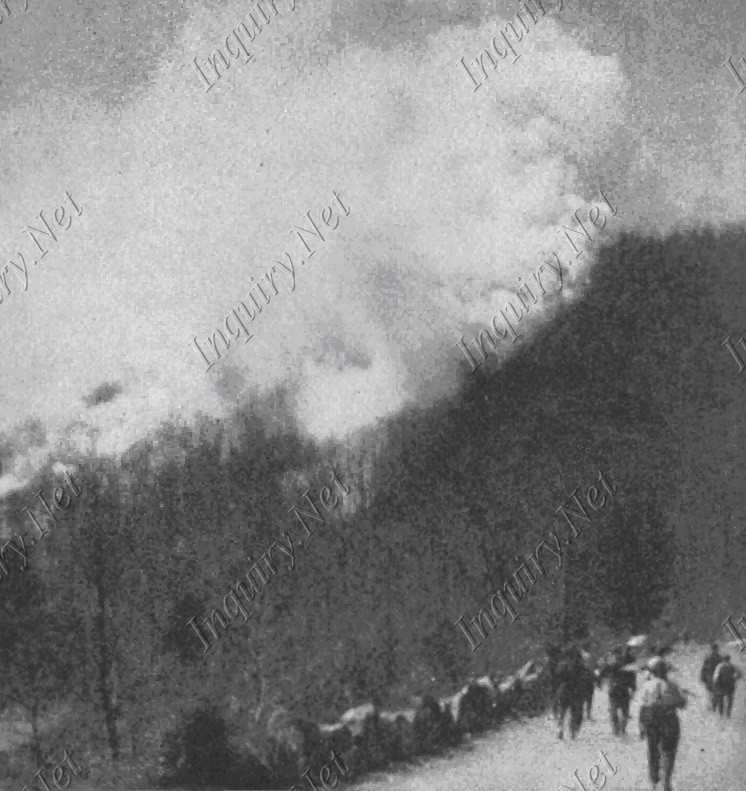Fires and Fire-Making
"A woodsman is known by his fires."
In order to take care of ourselves in the open we must understand the principles of fire building and be able to apply them to the materials at hand. No one can become a good outdoor cook unless he is a good fire builder, for as the backwoodsmen tell us :
"The most of cookin's fire buildin'."
It is not expected that anyone will use all the fires described in this chapter. Study those best suited to your environment, and teach them as they are needed. The person who takes an occasional picnic hike will need only the simplest cooking fires. The leader who gets beyond the "hot dog" or "bacon bat" stage will use many cooking fires. The overnight hiker and camp-craft leader must be familiar with many types.

Experimental Method of Instruction: Some leaders use the individual experimental method for the first lesson, permitting each person to gather whatever materials he pleases and then lay a fire in whatever way he thinks best, thus learning by mistakes that the leader points out later. Others claim that this method wastes wood, time, and patience, and eventually produces poorly cooked food.
Group Demonstrational Method: Some prefer to organize the party into small groups and permit each group to lay a fire after an experienced person has demonstrated some desirable form of fire building. The instructor should, by the question or developmental method, point out the importance of the following :
1. Selection of proper tinder, or the making of a fuzz-stick for starting the fire.
2. Importance of draft, and necessity for observing the direction of the wind.
3. Reasons for making all necessary preparations, including wood supply, food, and the hanging of the pot, before lighting the fire.
4. Varieties of wood to produce the best flame for boiling; woods for making coals for broiling.
5. How to shelter a match and light a fire in a high wind.
6. Precautions to be taken in clearing the spot before laying the fire.
7. Most Important: be absolutely sure always to put the fire out.
The above points will be better retained if they are developed one at a time, while the demonstration is being given step by step. For example, after demonstrating either a fuzz-stick or a substitute for it, let each group gather material and make one. While they are doing this, the instructor should lay a sample fire and hang a pot. He may then assemble the groups again to discuss the type of fire and the pot-hanger. Then a spirit of competition may be introduced by announcing, "When your fire is ready to light, call me. The first fire that passes inspection wins. Go!"
Fire-Building as Handicraft: In ordinary practice fire-building is taught only in connection with cooking. However, at camp it is taught as handicraft, or knife and ax work. Naturally it is popular because any boy or girl, with the simplest form of visual instruction (photographs), can lay many types of fires. Many camp and club leaders teach fire-building by simply dividing the class into small groups and passing out photographs containing all necessary instruction on the back of the picture. When this is done, the thought-producing questions which follow each fire should be used for group discussion, otherwise the work will result in mere imitative handicraft.